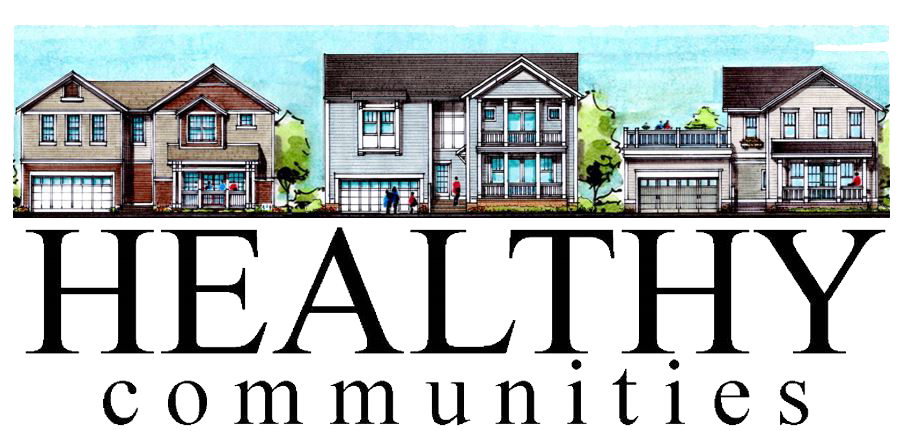 As concerns about climate change and environmental sustainability continue to grow, it is essential to explore innovative solutions that can help build a greener future. One such solution gaining momentum is the concept of zero-energy communities. These communities incorporate sustainable design, renewable energy sources, and energy-efficient technologies to minimize their carbon footprint and provide a sustainable living environment for residents. In this blog post, we will delve deeper into the concept and benefits of zero-energy communities.
As concerns about climate change and environmental sustainability continue to grow, it is essential to explore innovative solutions that can help build a greener future. One such solution gaining momentum is the concept of zero-energy communities. These communities incorporate sustainable design, renewable energy sources, and energy-efficient technologies to minimize their carbon footprint and provide a sustainable living environment for residents. In this blog post, we will delve deeper into the concept and benefits of zero-energy communities.
Understanding Zero Energy Communities
What exactly are zero-energy communities? In simple terms, these communities are designed and constructed to produce as much energy as they consume over the course of a year. They achieve this by integrating renewable energy technologies such as solar panels, wind turbines, and geothermal systems, coupled with energy-efficient building practices.
The Benefits of Zero Energy Communities
1. Environmental Sustainability
The primary benefit of zero-energy communities is their contribution to environmental sustainability. By employing renewable energy sources, these communities significantly reduce their reliance on fossil fuels, a major source of greenhouse gas emissions. This reduction in emissions helps combat climate change and fosters a cleaner and healthier environment for both residents and the surrounding ecosystems.
2. Energy Independence
Zero energy communities promote energy independence by generating their own power on-site. This not only reduces the dependence on traditional power grids but also provides a buffer against energy price fluctuations. Residents can enjoy the peace of mind that comes with knowing their energy needs are being met sustainably and reliably.
3. Savings in Utility Bills
The integration of energy-efficient technologies in zero-energy buildings leads to considerable savings in utility bills for residents. These buildings are designed to optimize energy usage and minimize wastage. Features such as high-performance insulation, efficient heating and cooling systems, and LED lighting help keep energy consumption to a minimum, resulting in significantly reduced utility costs.
4. Improved Indoor Comfort
Another advantage of zero-energy communities is the focus on indoor comfort. Energy-efficient buildings are designed to provide consistent and uniform heating, cooling, and ventilation throughout the year, regardless of external weather conditions. This helps maintain comfortable indoor temperatures and improved air quality for residents.
Challenges and Solutions in Building Zero Energy Communities
While the benefits of zero-energy communities are compelling, there are several challenges that developers and builders face in implementing them. Some of these challenges include upfront costs, integration of renewable energy technologies, and infrastructure requirements. However, innovative approaches such as public-private partnerships, government incentives, and advanced financing options can help overcome these hurdles.
1. Upfront Costs and Financial Considerations
The upfront costs of constructing zero-energy communities can be higher compared to traditional developments. However, the long-term financial benefits outweigh these initial costs. In addition, government incentives, tax credits, and low-interest financing options are available to make the transition to zero-energy communities more affordable.
2. Integration of Renewable Energy Technologies
Integrating renewable energy technologies, such as solar panels and wind turbines, into the community’s infrastructure requires careful planning and design. Evaluating the site’s solar potential, wind patterns, and geothermal resources is crucial to optimize energy generation. Collaborating with renewable energy experts and leveraging technological advancements can help developers successfully integrate these technologies.
3. Infrastructure Requirements
Developing zero-energy communities requires careful attention to infrastructure planning. Efficient distribution grids, electric vehicle charging stations, and smart grid technologies are essential components to support the energy demands of these communities. Collaborating with utility providers and incorporating future-proof infrastructure designs can help ensure a seamless integration of renewable energy sources.
Summary
Zero energy communities offer a promising solution to the challenges of climate change and energy consumption. By employing renewable energy sources and energy-efficient technologies, these communities provide a sustainable living environment while reducing the carbon footprint associated with traditional energy consumption. Overcoming challenges such as upfront costs and infrastructure requirements is crucial for their successful implementation. As we strive to build a greener future, exploring and adopting zero-energy communities can play a significant role in creating a more sustainable and environmentally conscious society.
Need Home Builders in Williamsburg, VA?
Welcome to Healthy Communities in beautiful Williamsburg, Virginia! We are custom home builders with a focus on efficient and green building. We believe that good home design can support, enrich, and enhance your life, so we engage you as the buyer in the design process. Together, we can create a tailored design that provides an extraordinary living experience. Our homes are engineered to be energy efficient, utilizing green building products, value-engineered construction, enhanced indoor air quality, and solar power to help offset the electric utility cost for heating, cooling, water heating, lights, and appliances. Give us a call to get started today!
